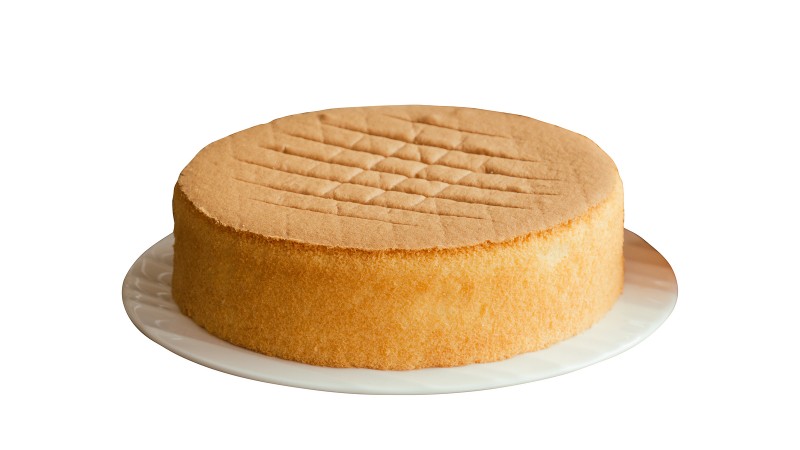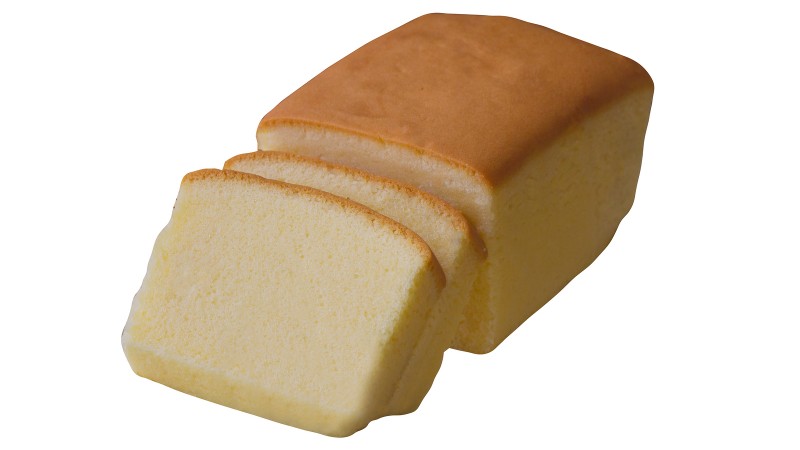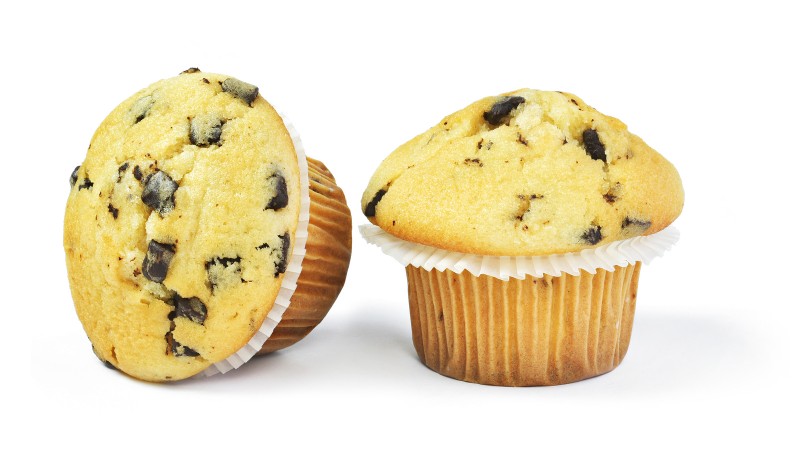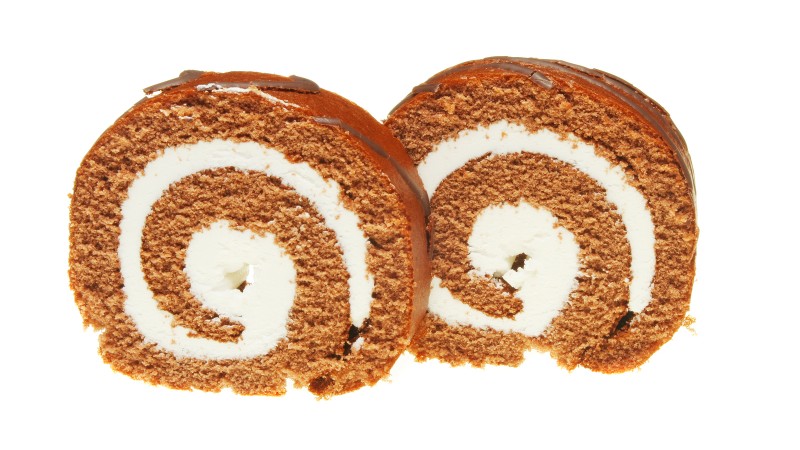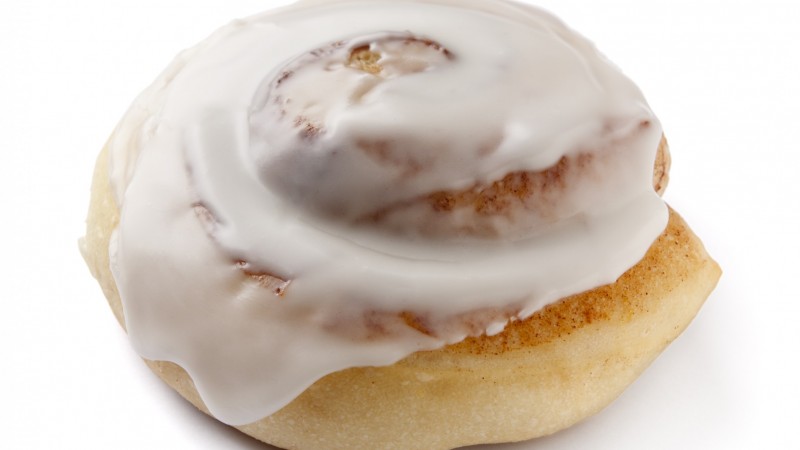Bakery
Besides fat/oil emulsification, Sisterna sucrose esters have several effects in baked goods:
PROTEIN INTERACTION
Sucrose esters interact with proteins in flour by means of hydrophilic and/or hydrophobic bindings. The result is a more flexible gluten network, which is better able to withstand mechanical forces (kneading), ensuring maximum gas retention.
STARCH COMPLEXING
Sucrose esters react with the amylose molecule, to form a helical complex. This interaction delays gelatinisation as well as retrogradation of starch. With sucrose esters a bakery product gets more oven spring, higher volume, finer crumb and more tenderness. Delay of starch retrogradation (staling) results in a "fresh" product for a longer time; a longer shelf life.
AERATION
Sucrose esters have HLB values as high as 16, which means that they strongly decrease the surface tension between water and air. This makes them strong aerators. For products like cake and aerated fillings, this is an important tool.
RELEASE FROM BAKING IRON
Sucrose esters facilitate easy release from baked wafers from the baking plates.
SUGAR CRYSTALLISATION
Sucrose esters control sugar crystallisation, which results in smaller crystals. In high-sugar products like low fat biscuits, fondant and icing, this results in a softer, more stable texture.
Benefits
- Increased dough mixing tolerance
- High volume
- Fine and soft crumb structure
- Extended shelf life
- Improved freeze-thaw stability
Our Bakery Products
Find Your Local Distributor
Sisterna maintains a sales and promotion distribution network throughout Europe and the US. These exclusive distributors are frequently trained and updated with the latest developments and can thus provide technical help alongside the standard things such as brochures, samples and products.

